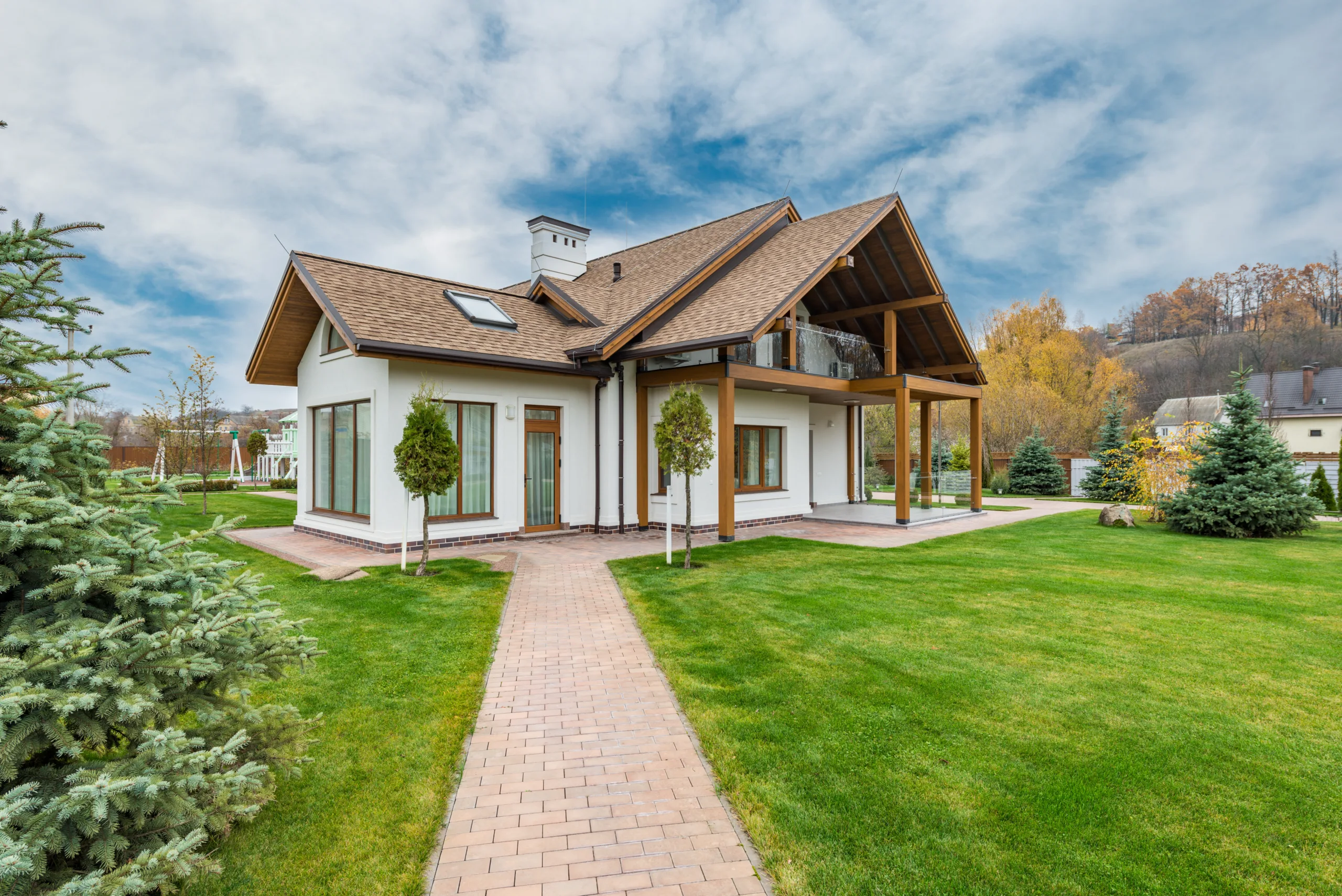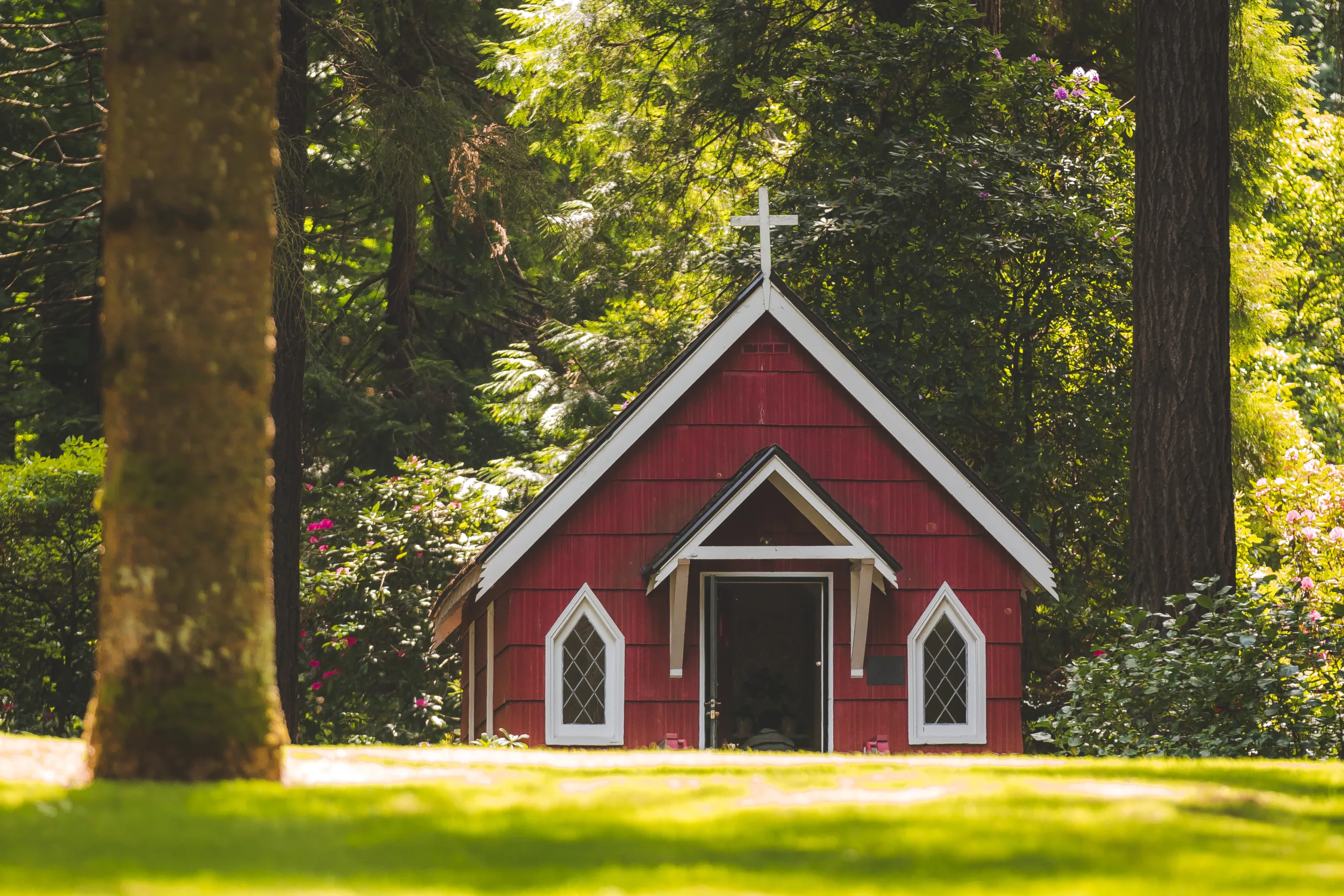Are you looking for a suitable tree for your small garden? Silver Birch trees may be the perfect option for you! These trees are known for their stunning white bark and delicate leaves, and can add a unique beauty to any space. This article will explore the pros and cons of adding a Silver Birch to your small garden, helping you decide if this type of tree is right for your needs. We will discuss their size, soil requirements, and potential problems that come with planting one in a smaller area. You’ll have all the information you need to make an informed decision about adding a Silver Birch tree to your garden!
The Silver Birch tree (Betula pendula) is a species of tree in the Betulaceae family. It is native to Europe, Asia and parts of North Africa, and is one of the most common trees in the UK. Silver Birches come in a variety of shapes and sizes, ranging from large specimen trees to smaller, multi-stemmed forms. Popular varieties include ‘Heritage’, ‘Youngii’ and ‘Dalecarlica’.
Advantages of Planting Silver Birch Trees in a Small Garden
Planting silver birch trees in a small garden provides a number of advantages. Firstly, these trees are low maintenance and easy to care for. They require minimal pruning and fertilizing, making them ideal for those with limited time or gardening experience. Additionally, their shallow root system makes them ideal for smaller gardens as they won’t take up too much space.
Silver birch trees are also attractive and can add colour and texture to any garden. The bark has an attractive silver hue which can be complemented with other plants and foliage. Additionally, the delicate silver leaves of the tree will look beautiful in autumn when they turn golden yellow.
Finally, silver birch trees are resilient and hardy and will withstand most weather conditions. They are also fast-growing, meaning that you can enjoy all the benefits of the tree without having to wait too long for it to mature. This makes them ideal for small gardens where you may not have time to wait around for other types of trees to grow.
Soil Requirements for Silver Birch Trees
Silver birch trees (Betula pendula) are small to medium-sized trees that are native to Europe, Asia and parts of North America. Silver birch trees prefer moist, well-drained soil, with a pH range of 4.5 to 7.0. They are tolerant of both sandy and clay soils, but they do not tolerate waterlogged or poorly drained soils. Silver birches prefer soils that have plenty of organic matter, such as compost or aged manure.
Silver birch trees can tolerate some shade but will generally perform best if grown in full sun. They are relatively drought tolerant once established but should be watered during dry periods for best performance. It is important to water the silver birch regularly during the first few years after planting in order to ensure that the roots become established in the soil.
Silver birch trees require regular applications of fertilizer throughout the growing season in order to achieve optimal growth and health. A general purpose fertilizer should be used at least twice a year, once in the spring and again in mid-summer. It is also important to ensure that the soil is kept free of weeds and debris, as this can compete with the tree for nutrients and water.
How to Plant and Prune Silver Birch Trees
Silver birch trees are an attractive addition to any landscape, and they are easy to care for. With the right planting and pruning techniques, you can add years of beauty to your property. Here’s how to plant and prune silver birch trees so that they thrive in your space.
Planting Silver Birch Trees
When planting silver birch trees, choose a location that has well-drained soil and plenty of sunlight. Make sure the area is free of large rocks or roots that could impede the growth of the tree. Dig a hole that is twice as wide as the root ball of the silver birch tree, but no deeper than the root ball itself. Place the tree in the hole and backfill with soil until the root ball is level with the surface of the ground. Water thoroughly after planting.
Pruning Silver Birch Trees
Pruning should be done annually or biennially for silver birch trees, depending on their size and condition. Start by removing any dead or diseased branches with hand shears, loppers, or a pruning saw. Then, thin out any branches that are growing too close together or crossing over one another. Finally, remove any suckers or water sprouts from the base of the trunk, as these can sap energy from more desirable growth. Be careful not to over-prune your silver birch tree – it should never be pruned more than one-third of its total height at one time.
By following these simple guidelines for planting and pruning silver birch trees, you can ensure that your tree will look its best for years to come!
Silver Birch Trees and Sunlight Requirements
Silver birch trees are a popular species of tree that are known for their unique white bark. They are native to much of Europe, Asia, and North America, and they can be found in many parks and gardens. Silver birch trees require a certain amount of sunlight in order to thrive, so it is important to consider this when planning where to plant them.
Silver birch trees need at least 6 hours of direct sunlight each day. They do not do well in areas that have heavy shade or receive little sun throughout the day. It is best to choose an area that gets full sun for most of the day for optimal growth. In addition, these trees prefer cool weather and moist soils, so it is important to keep these conditions in mind when deciding where to plant them.
When planting a silver birch tree, it is important to take into account its light needs as well as other environmental factors such as soil type and temperature. These trees are more likely to thrive in areas with plenty of sunlight, so it is important to find an area that gets at least 6 hours of direct sunlight each day. It is also important to make sure the soil is well drained and not saturated with water as this can lead to root rot and other problems.
Overall, silver birch trees require at least 6 hours of direct sunlight each day in order to thrive. It is important to take into account environmental factors such as soil type and temperature when choosing where to plant them in order for them to reach their full potential. With the right amount of sun and proper care, these beautiful trees can make a stunning addition to any garden or park!

Watering Needs for Silver Birch Trees
Silver birch trees are a popular choice for landscaping and gardens due to their attractive white bark, graceful shape, and strong root system. However, these trees require regular watering to ensure their health and longevity. In order to keep your silver birch healthy, you must understand its watering needs.
The amount of water required by a silver birch tree depends on the season and the climate in which it is planted. In general, silver birches should be watered deeply once or twice a week during the growing season. During periods of extreme heat or dryness, it may be necessary to water more frequently. It’s also important to note that young silver birches may need more frequent watering than mature specimens.
When watering silver birches, be sure to water slowly and deeply in order to saturate the soil around the tree’s roots. This will ensure that the tree is receiving adequate moisture all the way down to its root system. Avoid shallow or infrequent watering as this can cause damage to the root system and prevent proper growth.
It is best to water silver birches early in the morning or late in the evening when temperatures are cooler and evaporation is reduced. This will help ensure that your tree is getting as much water as possible without losing it through evaporation during hot summer days. Additionally, avoid watering when it is windy as this can cause much of the moisture to evaporate before it has had a chance to be absorbed by the soil around your tree’s roots.
Overall, silver birches require regular watering in order to stay healthy and continue growing strong and beautiful for many years to come. Be sure you understand your specific climate needs so you can provide your silver birch with enough but not too much water for optimal growth throughout its life!
Potential Problems with Growing Silver Birch Trees in a Small Garden
Silver birch trees are a popular choice for many gardeners due to their striking white bark and attractive foliage, but they can present some challenges when grown in small gardens. The roots of silver birch trees spread quickly and can cause damage to foundations, pathways, and other structures. They also require regular pruning to keep them within a manageable size, which can be difficult in tight spaces. Silver birches are also very susceptible to pests and diseases, particularly aphids and fungal infections such as powdery mildew. Finally, these trees have a shallow root system that requires frequent watering during summer months.
Overall, while silver birches can be an attractive addition to the garden, they do require careful management in small spaces. Gardeners should take into consideration the potential problems associated with growing these trees before planting them in a small area. By taking the necessary precautions, silver birch trees can be successfully grown in small gardens with minimal disruption or damage.
Controlling Pests on Silver Birch Trees in a Small Garden
Pests can be a major issue for silver birch trees in small gardens. Without proper treatment, these pests can cause serious damage to the tree, leading to stunted growth, leaf discoloration and even death. Proper pest control is essential for keeping your silver birch trees healthy and in good condition. In this article we will discuss some of the best ways to control pests on silver birch trees in a small garden.
The first step in controlling pests on silver birch trees is to identify the type of pest that is causing the problem. Common pests include aphids, scale insects, mites and caterpillars. Once the type of pest has been identified, appropriate control measures should be taken to reduce or eliminate them.
One of the most effective methods of controlling pests on silver birch trees is through regular pruning of dead or diseased branches and leaves. Pruning helps to remove any potential breeding sites for pests, reducing their numbers significantly. Additionally, regular pruning helps to improve air circulation and light penetration into the tree’s canopy which can help reduce fungal diseases that are often caused by damp conditions.
In addition to pruning, chemical treatments can be used to control pests on silver birch trees in a small garden. Insecticides can be applied directly onto affected leaves and branches using an aerosol sprayer or by using a systemic insecticide applied through soil drenches or injections into trunk bark. Systemic insecticides are more effective than contact insecticides as they are taken up by the tree’s vascular system and transported throughout its canopy where they can provide long-term protection from pests such as aphids and caterpillars.
Finally, biological control methods such as introducing beneficial insects into the garden can also help reduce pest numbers on silver birch trees without having to use chemical treatments. Ladybirds, lacewings and hoverflies all feed on common garden pests such as aphids so introducing them into your garden will help keep pest numbers down naturally.
By following these simple steps you can help keep your silver birch trees healthy and free from common pests such as aphids, scale insects and caterpillars. Regular pruning should be carried out along with appropriate chemical treatments or biological controls where needed so that your silver birches remain healthy for years to come!

Conclusion
Silver birch trees are a beautiful and unique tree that provide a unique aesthetic to any garden. They are suitable for smaller gardens, as they have small root systems and don’t require much space. They also require minimal maintenance, making them an attractive choice for gardeners who don’t have the time or energy to devote to more labor-intensive plants.
Due to their light frame, silver birch trees are also quite resistant to strong winds and inclement weather. They can also be used in a variety of ways, including as windbreaks, hedges, and even as decorative elements in larger gardens.
Overall, silver birch trees are an excellent option for small gardens. They are beautiful, low-maintenance trees that can add a unique touch to any garden setting.

My interest in trees started when I first saw the giant sequoias in Yosemite.
I was a teenager then, and I remember thinking, “I need to learn more about this.”
That moment stuck with me.
A few years later, I went on to study forestry at Michigan Tech.
Since graduating, I’ve worked in a mix of hands-on tree care and community education.
I’ve spent over ten years helping people understand how to plant, maintain, and protect the trees in their neighborhoods.
I don’t see trees as just part of the landscape.
They are living things that make a real difference in our daily lives.
